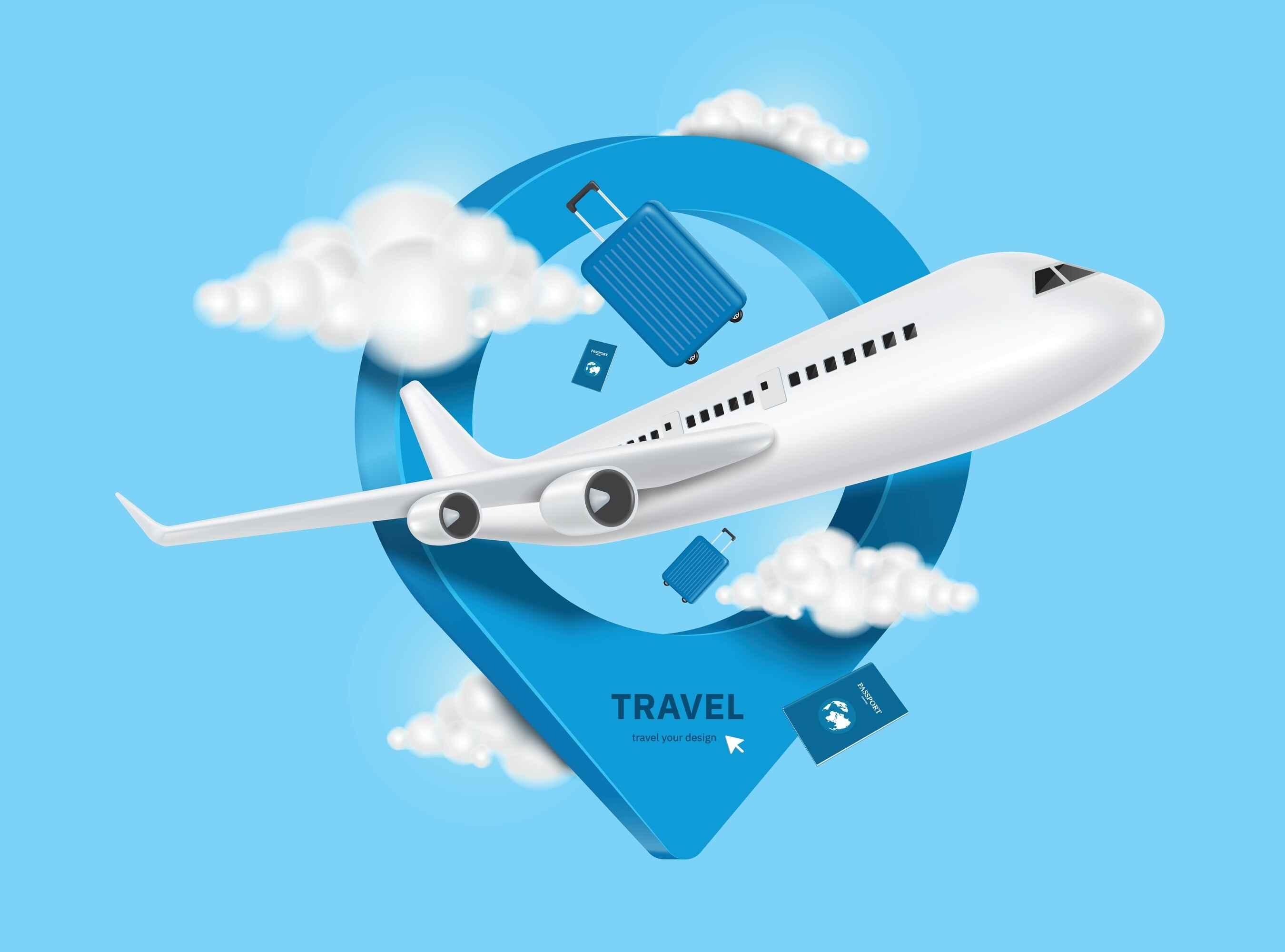I'm Going To Mount Everest Base Camp This Fall, And I Needed 2 Extra Features For My Travel Insurance Policy

The offers and details on this page may have updated or changed since the time of publication. See our article on Business Insider for current information.
Affiliate links for the products on this page are from partners that compensate us (see our advertiser disclosure with our list of partners for more details). However, our opinions are our own. See how we rate travel insurance products to write unbiased product reviews.
The author, Iona Brannon.Iona Brannon
- I'm headed to the Base Camp at Mount Everest this fall, which comes with extra travel insurance requirements.
- While many travel insurance policies cover medical needs, many won't cover such high altitudes.
- I was able to compare the offerings of several top choices and find the best fit for my needs.
Summiting Nepal's Mount Everest, the tallest mountain in the world, is a dangerous feat that fewer than 1,000 people attempt yearly. A less life-risking option is the trek to Mount Everest's Base Camp, a roundtrip journey of 130 kilometers that takes just under two weeks and promises stunning landscapes along the Himalayas.
This fall, I'll be making the trek to Everest Base Camp. As a beginner trekker, travel insurance is one of the most important things on my checklist for this trip. Travel insurance is one of those things you hope you never have to use. It typically covers the basics: trip interruptions, cancellations, medical evacuations, and emergencies.
Choosing the right travel insurance starts with understanding your specific needs. Are you most concerned about emergency medical coverage? Or maybe you're worried about losing your expensive gear? The more you can narrow down your priorities, the more tailored your insurance policy can be.
My essentials for travel insurance
Every travel insurance policy should cover certain essentials, even on a trip as complex as trekking to Everest Base Camp.
Luggage protection: Losing your gear before you even hit the trail can throw your entire trip off course. Luggage protection ensures that you're reimbursed for essential items, allowing you to replace lost gear quickly so you can stay on schedule.
Trip cancellation/interruption: Unforeseen circumstances — like a sudden illness, a family emergency, or even political unrest — could force you to cancel or cut short your trip. This coverage will typically reimburse you for nonrefundable expenses, such as flights, accommodations, and permits, ensuring that a hiccup doesn't turn into a financial disaster.
The extra features I need for this trip
When I need travel insurance, I usually purchase AXA Assistance USA Platinum through Squaremouth. But for this trip, I knew I needed something more robust, especially in terms of emergency medical evacuation and high-altitude coverage. I had two main criteria: medical evacuation and primary coverage for emergency medical events.
While the trek to Everest Base Camp doesn't require excessive physical fitness, there is a tricky component: the altitude. Since I haven't done many high-altitude treks, one of my main concerns is how my body will respond to it. Because of that, I wanted to find a policy that covered emergency medical evacuation for high-altitude treks.
Most travel insurance plans only cover medical evacuation up to 4,000 meters (around 13,000 feet), but Everest Base Camp is at a staggering 17,598 feet. A twisted ankle or acute mountain sickness at that altitude can quickly escalate into a serious issue.
Although I'm hiking with a private guide, I wanted to make sure my insurance met or exceeded what most tour companies required of their guests. Generally, they demand coverage that includes medical and emergency evacuations with a minimum value of $100,000.
For this trek, I had two main criteria: medical evacuation and primary coverage for emergency medical events. Primary coverage means that in an emergency, my travel insurance will cover the claims before my regular health insurance kicks in. With secondary coverage, travel insurance only covers what's left over after your primary insurance pays out.
How I found the right policy
To find the right policy, I started with Squaremouth, a platform I've used in the past. It's user-friendly, and the filters make it easy to prioritize your needs. For this trip, there was a specific filter under the sports section for Everest Base Camp, which was a lifesaver.
I also filtered for a minimum medical evacuation and treatment coverage of $100,000 or more, and primary coverage. This narrowed my options down to six policies from four providers: IMG, Travelex, Tin Leg, and Berkshire Hathaway Travel Protection.
From there, I compared the top four policy options side by side. I was still overwhelmed by the choices, so I called the customer service line at Squaremouth to talk through the options.
World Nomads was another company that kept coming up in my research. Well-regarded among adventure travelers, its plan included adventure sports coverage for trekking and high-altitude climbing up to 7,000 meters (just under 20,000 feet), which is more than sufficient for Everest Base Camp.
Its plan also offered $100,000 in emergency medical coverage and up to $500,000 for emergency evacuation, including helicopter rescue. But at nearly $300, the quote I received from World Nomads was higher than the other plans I found on Squaremouth, and it didn't seem to offer much more in terms of coverage.
In the end, I opted for the iTravelInsured Travel LX Basic plan from IMG. The price was comparable to Berkshire Hathaway and Tin Leg Adventure and covered trip cancellations, interruptions, and up to $1,000,000 in emergency evacuation. What made the difference was that IMG offered primary medical coverage up to $500,000, which gave me peace of mind.


